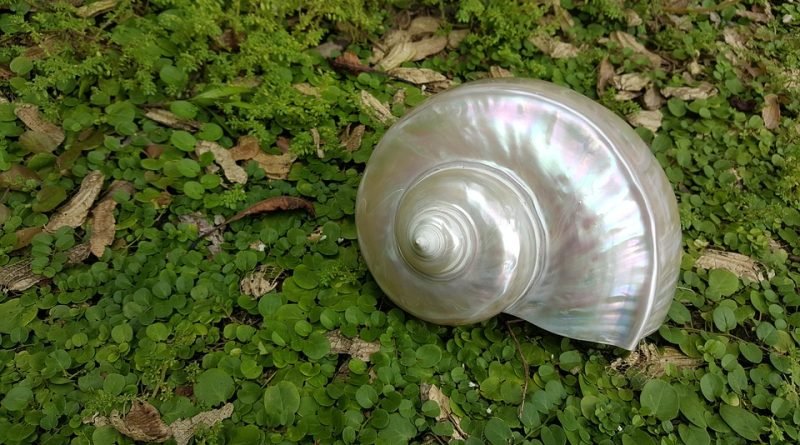From Oysters to Ornaments: The Fascinating History of Sea Pearls
Sea pearls, also known as pearls, have been highly coveted for centuries for their beauty and rarity. These lustrous little gems, formed inside the shells of certain mollusks, have a long and fascinating history that spans cultures and civilizations around the world.
The history of sea pearls can be traced back to ancient times, with early civilizations such as the Egyptians, Greeks, and Romans valuing them as symbols of wealth and status. In fact, pearls were so highly prized in ancient Rome that laws were passed to forbid anyone other than the ruling class from wearing them.
One of the most well-known sources of sea pearls is the oyster. Oysters are bivalve mollusks that produce pearls as a byproduct of their natural defense mechanism. When a foreign substance, such as a grain of sand or a parasite, enters the oyster’s shell, the oyster coats it with layers of nacre, a crystalline substance that gives pearls their characteristic luster. Over time, these layers build up to form a pearl.
Throughout history, pearl diving has been a common practice in many cultures, with divers using primitive tools like wooden buckets and nets to collect pearls from the ocean floor. In ancient times, the Arab world was a major hub for pearl trading, with merchants traveling across the seas to acquire the finest pearls from the Persian Gulf.
In the 15th century, the discovery of pearl-bearing oysters in the waters off the coasts of Central and South America led to a surge in demand for pearls in Europe. The Spanish conquistadors were particularly enamored with pearls, and they plundered the native populations of the New World for their riches.
In more recent times, the widespread availability of cultured pearls has made sea pearls more accessible to a wider range of people. Cultured pearls are created by inserting a nucleus into an oyster or mussel, which triggers the formation of a pearl. This process allows for greater control over the size, shape, and color of the pearls produced.
Today, sea pearls are used for a variety of purposes beyond just jewelry. They are used in cosmetics, in traditional Chinese medicine, and even as ornaments in decorative arts and crafts. From elaborate pearl necklaces worn by royalty to delicate pearl earrings worn by brides, sea pearls continue to captivate with their timeless beauty and elegance.
In conclusion, the history of sea pearls is a rich and storied one that spans thousands of years and countless cultures. From the humble beginnings of pearl diving to the global trade in cultured pearls, these little gems have held a special place in the hearts of people around the world. Whether worn as a symbol of wealth and status or simply appreciated for their natural beauty, sea pearls will always be a cherished and timeless treasure.
